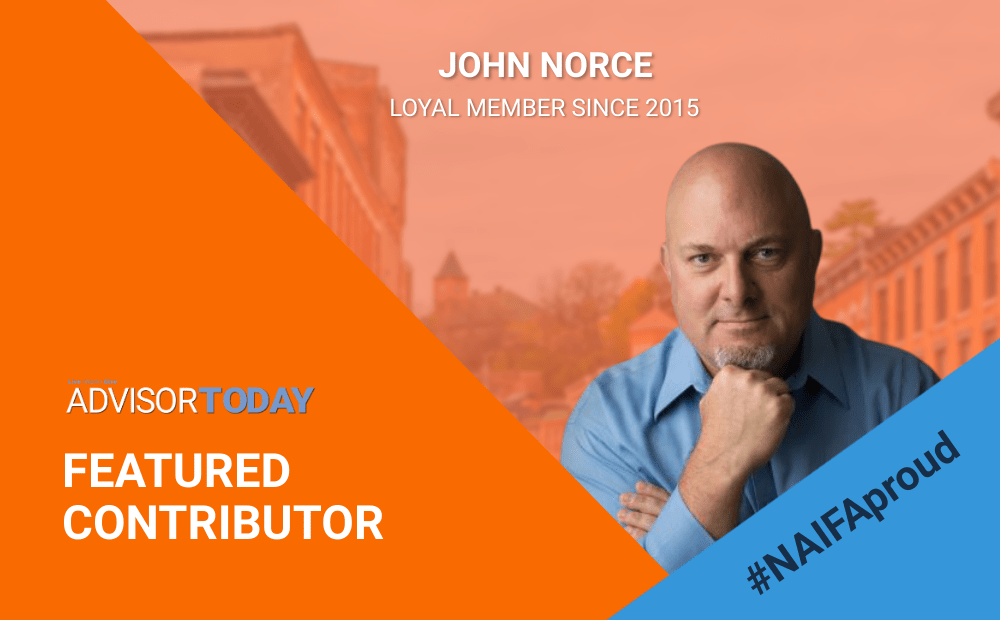The famous New York Yankee catcher Yogi Berra once said, “When you come to the fork in the road, take it.” While clearly this quote provides humor, it provides no clear path or direction when seeking your destination. Our Medicare options can be viewed as a fork in the road, however, there is a decision to make about which direction to take.
When the time comes for you to start Medicare, your first step is to enroll in Original Medicare. Original Medicare consists of Parts A and B and together they provide comprehensive health insurance for your medical needs. Once securing your enrollment in Original Medicare, the next step is to determine if you will remain on Original Medicare or select a Medicare Advantage plan. Taking the time to understand how each option works will go a long way in selecting the right Medicare plans.
What is Medicare?
Original Medicare began in 1966 and has evolved into the largest health plan in the country. Under this option, your care is accessed through contracted Medicare providers who can be found in all 50 states and the District of Columbia. When you access care, there are no referrals needed to see a Medicare contracted provider and Medicare would be billed first for any services.
When compared to standard health coverage, Medicare offers low deductibles, copays, and coinsurance of just 20%. Where Medicare falls short is, unlike your standard health insurance plan, it does not have a maximum out-of-pocket limit to cap your annual cost. Clearly, this is a very concerning aspect of enrolling solely in Original Medicare.
Option 1: Medicare Supplement and Part D
To resolve the problem of unlimited claims exposure, purchasing a Medicare supplement policy provides coverage for the gaps in Medicare. There are multiple options available nationally, and regardless of which letter you select, they will all limit your out-of-pocket expenses. Currently, there are 14 different Medicare supplement plans, with Plan G being the most selected plan today.
The final step when deciding to remain in Original Medicare is selecting a stand-alone Part D prescription drug plan. By enrolling in a Part D plan, you’ll receive benefits to cover orally-ingested, self-administered medications as well as some vaccinations. It is important to enroll in a Part D plan as failing to do so can result in lifetime penalties.
To recap, if you choose to stay in Original Medicare, you will also need to enroll in a Medicare Supplement and a Part D plan to make sure your needs are covered and avoid future penalties.
Option 2: Medicare Advantage Plan (Part C)
Your second option is enrolling in a Medicare Advantage plan, also referred to as Part C. These plans came into prominence in 2006 with the introduction of Part D benefits and are often referred to as “all-in-one” plans. These plans are required to provide the same medical benefits as Original Medicare, so enrolling in a Medicare Advantage plan will not reduce your benefits. The primary change is that, instead of the government being involved, your selected plan provider becomes responsible for your care and costs.
Medicare Advantage plans have grown in popularity and their enrollment represents over 33% of the total Medicare-eligible population today. Some of the contributing factors to their growth include the convenience of having a single plan provider, the inclusion of additional benefits such as dental and vision, and low monthly premiums.
Because Medicare Advantage plans are operated by insurance companies and health plans, their designs are most commonly an HMO, POS, or PPO. Regardless of your plan type, these options will have a network of providers where you will access care for all services with some services being required to be completed by an in-network provider. Additionally, while many Medicare Advantage plans require referrals, the trend is moving towards removing referrals for specialists.
While Medicare Advantage is an alternative to Original Medicare, enrolling in these plans does not remove your responsibility to pay your Part B premiums. Despite the government being removed from your care, your premiums for Part B will ultimately fund your care through your Medicare Advantage plan.
Helping Your Clients Choose
So, as your clients approach their Medicare fork in the road, they can now understand they have to make a left or a right. Deciding on what plans are best suited for them takes more than just a description of the plans. It requires the process of identifying their providers, researching formulary compliance, and calculating costs relating to all their plan options. That’s where a creditable Medicare insurance agent can help in navigating these decision points.
There is a plethora of additional information relating to Original Medicare, Medicare supplements, Medicare Advantage, and Medicare Part D plans. In the following months, I will take a deeper dive into each of these options, but I felt it important to start at a high level.
John Norce is the President of Medicare Portal and a contributing columnist for Advisor Today.









.png?width=300&height=600&name=Tax%20Talk%20Graphic%20-%20email%20tower%20(300%20x%20600%20px).png)
